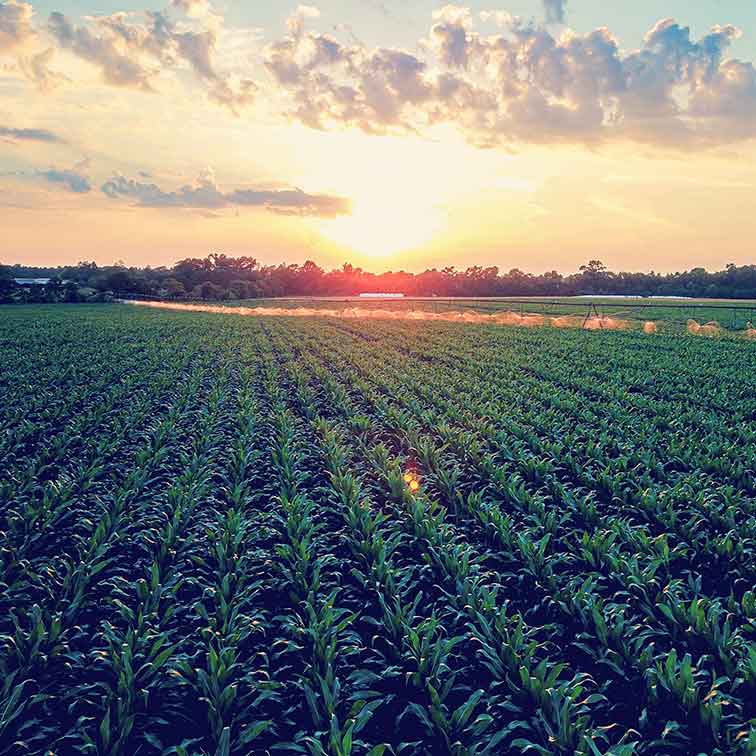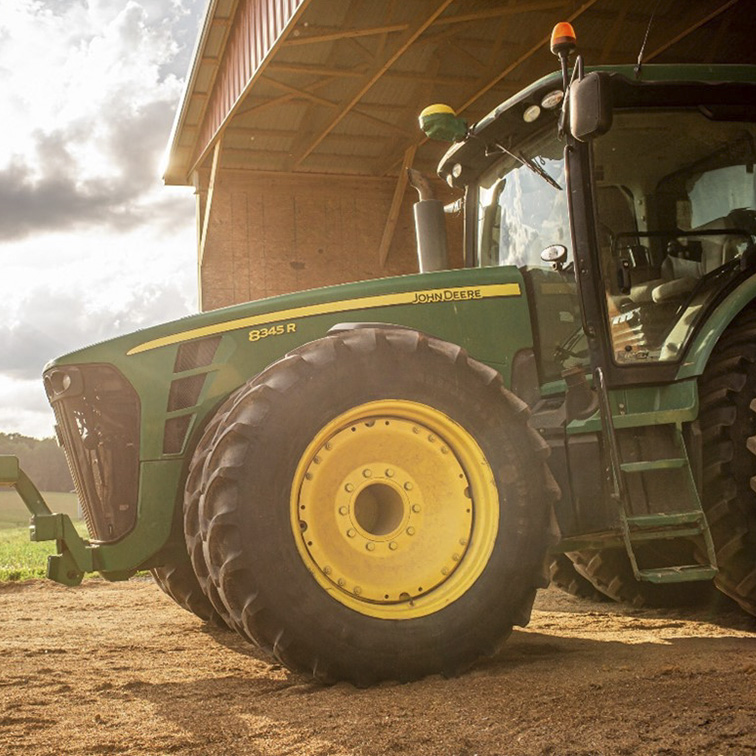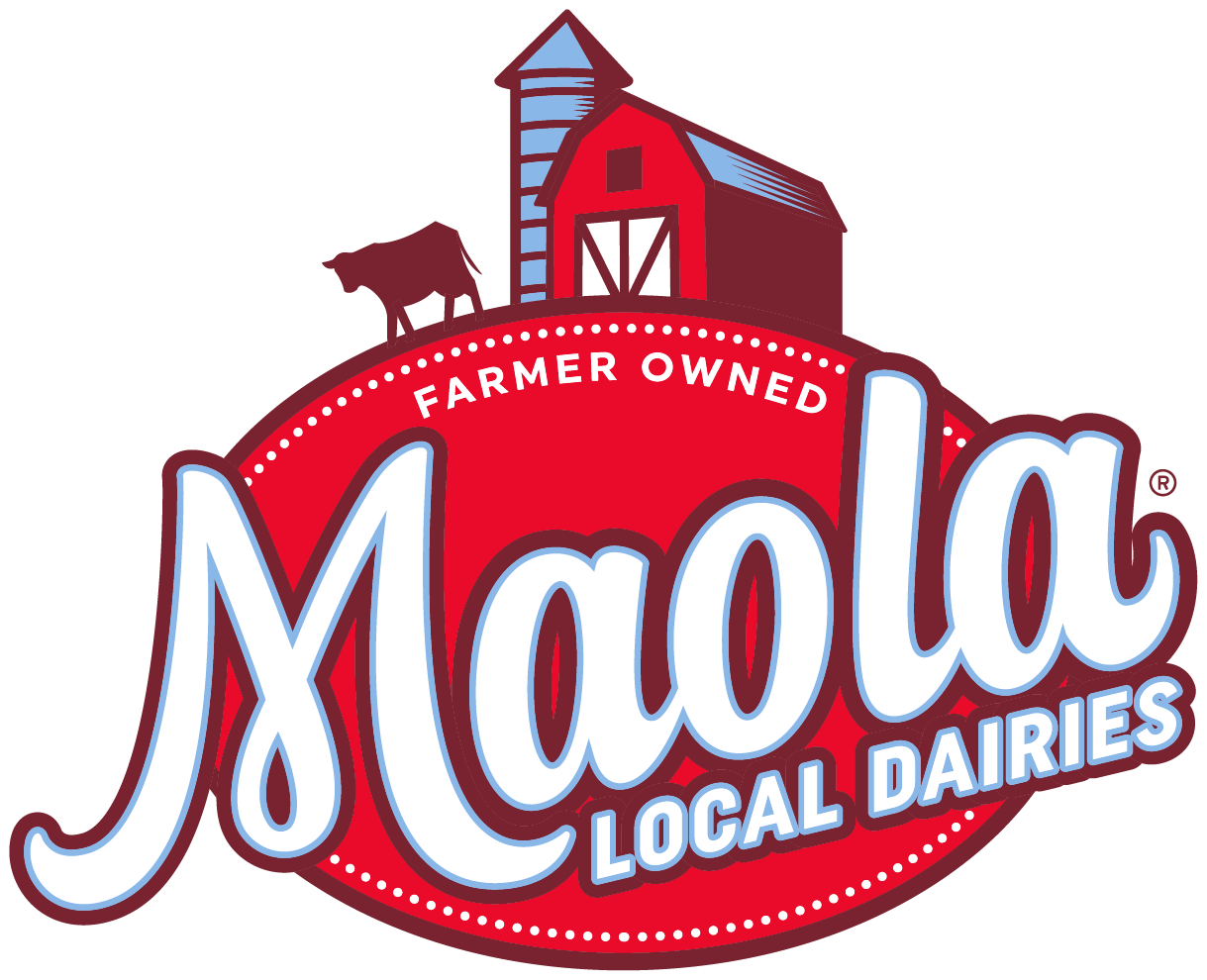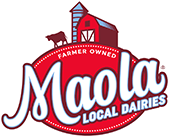Sustainability Spotlight
No-Till Farming
Have you heard of ‘no-till’ farming, but aren’t quite sure what it’s all about? Then you’ve come to the right place.
To till or not to till? That is the question…but maybe not for the average consumer. This is, however, a question that many Maola dairy farmers carefully consider when it comes to growing their crops.


What does tilling mean?
Tilling is the practice of mechanically aerating the soil. Just like a gardener would till their vegetable garden before planting, some farmers till or plow their crop fields before planting the seeds. This process allows air to flow through the soil which gives the crops a healthy oxygen supply while reducing the levels of carbon dioxide in the crops.
Tilling a field is considered a traditional farming method, however, many of our Maola dairy farmers are opting not to till their cropland these days, which is a process better known as no-till farming. Conventional tilling requires turning the soil, and while this process loosens up the soil to allow for easier seed planting and easier pathways to root systems, it also leaves the soil vulnerable to erosion. No-till farming, on the other hand, uses small disks that slice into the soil to precisely plant the seed and aerate the soil with minimal to no soil disruption, reducing the risk of soil erosion. When the soil is left intact, it also improves water filtration systems and water storage, which is highly beneficial for the crops. This practice is one of the many ways Maola farmers strive to be sustainable by reducing erosion and reducing their carbon footprint.
How does a farmer use no-till?
By using specialized equipment, instead of a conventional plow, a farmer can take advantage of the no-tilling process and plant their crops while minimally disturbing the soil. A true no-till system avoids disturbing the soil with conventional plows and uses a small disk to help plant seeds in the right spot. The photo below shows a no-till corn planter. The corn seed is being planted into soil that has not been plowed up.
Why is no-till farming better?
No-till farming is beneficial because it can reduce soil erosion, improve soil structure, promote higher crop yields, and increase water conservation. Research on no-till farming shows that, when combined with the use of cover crops, which we will share more about in future posts, this low impact tilling method helps to sequester more carbon in the soil, and therefore reduces the carbon footprint in our environment.
According to the U.S. Department of Agriculture, no-till farming can reduce soil erosion and sediment loss to water and wind. For most Maola farms, this erosion and sediment would eventually end up in the Chesapeake Bay. When used over time, no-till farming produces healthier soil with better water-holding capacity and the ability to grow healthier, more abundant crops.
Another bonus with no-till farming — it reduces fuel consumption. On average, no-till requires less than two gallons of diesel fuel per acre each year, however conventional tilling uses more than six gallons. Using less fuel means that farmers can reduce their carbon footprint.
Maola farmers care not only for their cows, but for their land and their community. Using no-till farming is a win-win for everyone — the cows, the farmers, and Maola consumers.

